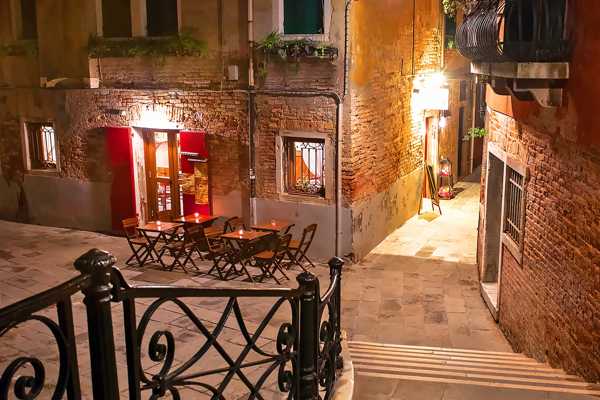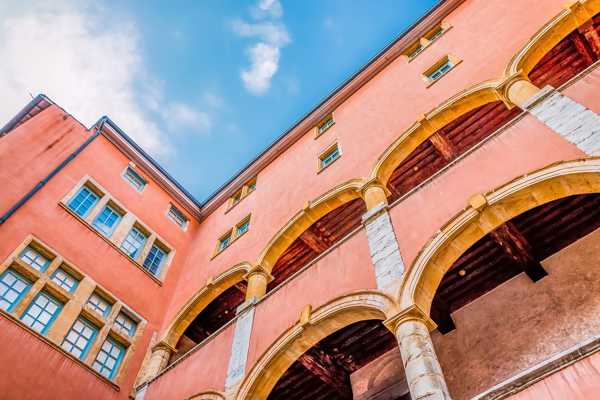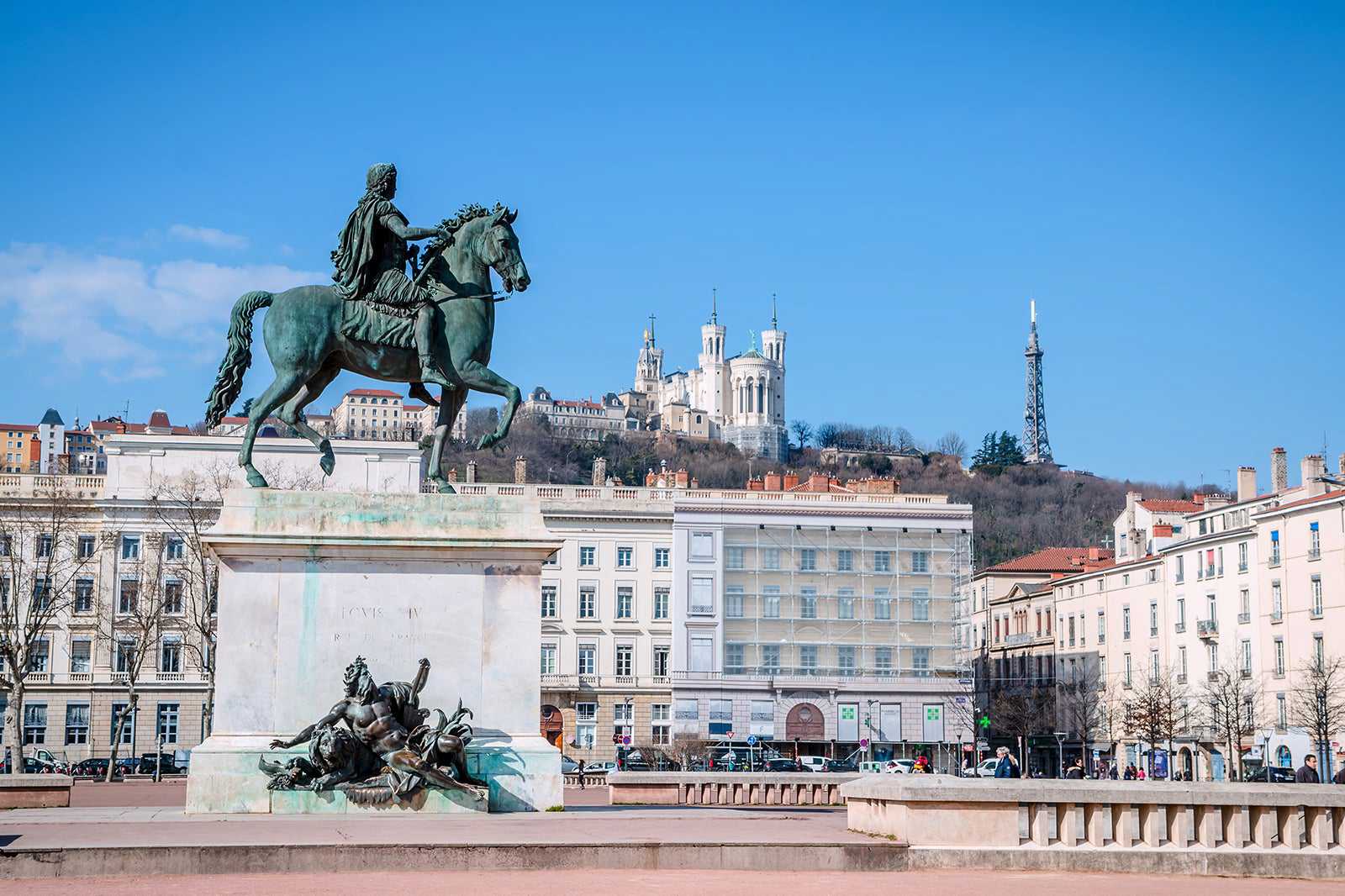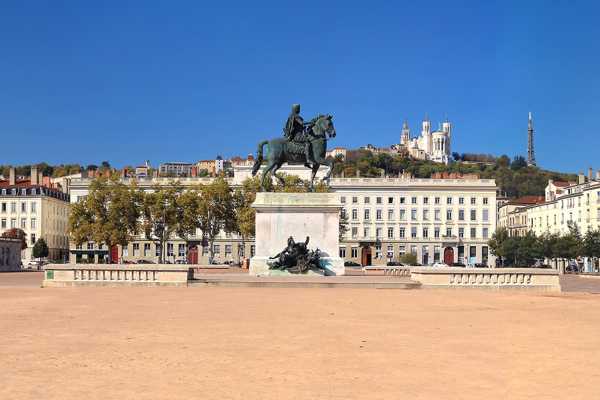The most popular streets in Lyon include notable riverside thoroughfares and shopping places that help uncover the story of this French city. Lyon is the capital of France’s Auvergne-Rhône-Alpes region as is where the Romans first set down the streets that formed Lugdunum. That Roman city stood in the heart of what’s now the Fourvière district.
The city has grown ever since and it underwent a Haussmann-like remodelling in the 19th century through careful planning. Today, the city treasures the wide, leafy boulevards that line the Rhône and Saône rivers. If you intend to visit, don’t miss Lyon’s network of concealed covered passageways known as traboules that criss-cross the old town.
- 1
Quai du Général-Sarrail
A riverfront street by the River Rhône

- Budget
- Storia
- Foto
Quai du Général-Sarrail is one of a number of streets that people call the Berges du Rhône because they flank the river. This one connects Pont Morand and Pont Lafayette and lines the left bank. The buildings mostly date from the 19th and early 20th centuries, giving the street a cohesive architectural style.
Some of the buildings are more elaborate than others, with stylish tiling and wrought ironwork, and some with fancy doors. During its early history, the street was a hive of activity. Barges would pull up and cargoes of wood and stone would be unloaded onto the busy quayside. Today, you’re more likely to see the Lyonnais and their visitors taking a stroll in the sunshine.
MappaFoto di Benoît Prieur (CC BY-SA 4.0) modificata
- 2
Rue de la République
Lyon’s premier retail thoroughfare

- Storia
- Acquisti
Rue de la République is the street to hit for some retail therapy in Lyon. The street dates from the early 1860s. At that time, Claude-Marius Vaïsse, de facto mayor of the city in the mid-19th century, admired what Georges-Eugène Haussmann had managed to achieve during his extensive renovation of Paris and wanted to do something similar in Lyon.
Rue de la République was 1 of 3 major streets created as part of his grand plan to improve the city. These days, it's home to the big-name brands familiar to any keen shopper: French favourites Fnac, Etam and NAF NAF, as well as international brands such as Zara, Levi’s and Foot Locker. In addition, it’s home to Cinema Pathé (look for the rooster on its roof) and the ornate Palais de la Bourse, which backs onto the street.
Mappa - 3
Rue Édouard-Herriot
An important shopping street in the Presqu'île district

- Storia
- Acquisti
Rue Édouard-Herriot is a shopping street that connects Place Bellecour to Place des Terreaux in Lyon, passing Place des Jacobins along the way. At the same time Rue de la République was being created, 6 existing streets were partially amalgamated and others widened to form what was first called Rue de l'Impératrice. Later, they renamed it Rue de l'Hôtel de Ville but, after long-time mayor Édouard Herriot's death in 1957, the street took its present name.
Today, Rue Édouard-Herriot is where you’ll find designer boutiques representing businesses such as Christian Dior, Cartier, Hermès and Longchamp. The Musée des Beaux-Arts de Lyon is another notable landmark. Its facade once belonged to the Abbey of Saint-Pierre.
MappaFoto di Sebleouf (CC BY-SA 4.0) modificata
- 4
Boulevard de la Croix Rousse
A notable Lyon street with a long-established market

- Budget
- Famiglie
- Acquisti
Boulevard de la Croix Rousse follows the path of Lyon’s old city ramparts, which were destroyed to make way for the new street in 1852. A market had been established here ever since. It is Lyon’s largest, extending for about a kilometre, and is held 6 days a week (closed on Mondays).
In autumn, the aroma of roasted chestnuts fills the air, signalling the start of a seasonal funfair known as the Vogue des Marrons. A Christmas market occupies Place de la Croix Rousse at the eastern end of the street. Look out for Gros Caillou, a large rock thought to be a glacial erratic that originated in the Alps.
MappaFoto di Pierre Guinoiseau (CC BY 2.0) modificata
- 5
Rue des Pierres Plantées
A quiet street housing several interesting stores

- Acquisti
Rue des Pierres Plantées is a central Lyon street that spans less than 200 metres from end to end. Even so, it’s worth a visit for its cluster of independent boutiques. This is where you’ll find bead maker Atelier Verrier Morfia and Praline et Chocolat, an artisan chocolatier. Opposite, Le Livre en Pente is an old-fashioned bookstore.
Down the street, Charlotte Goldspink, an expat English artist, sells original paintings inspired by her adopted home. Also nearby are a few good restaurants and a couple of places to grab a coffee. However, the stones referred to in the street’s name have long since gone.
MappaFoto di Benoît Prieur (CC BY-SA 4.0) modificata
- 6
Place Colbert
One of Lyon’s most impressive traboules

- Budget
- Foto
- Viaggi alternativi
Place Colbert hides one of Lyon’s remaining traboules or hidden passageways. There are more than 400 such intriguing shortcuts, corridors and staircases in the centre of the city, but only around 50 are still accessible to the public. Linking 9 Place Colbert and 14 bis montée Saint-Sébastien is a 6-storey staircase hidden from the road.
The way light falls across the steps makes this a popular hangout for street photographers and, more recently, Instagrammers seeking a photogenic backdrop. Traboules such as these once allowed silk workers to carry cloth across the city centre without getting it wet or dirty. They also enabled the resistance to carry out covert operations during World War II.
MappaFoto di Romainbehar (CC0 1.0) modificata
- 7
Place de Fourvière
Home to a namesake basilica with views over Lyon and the river
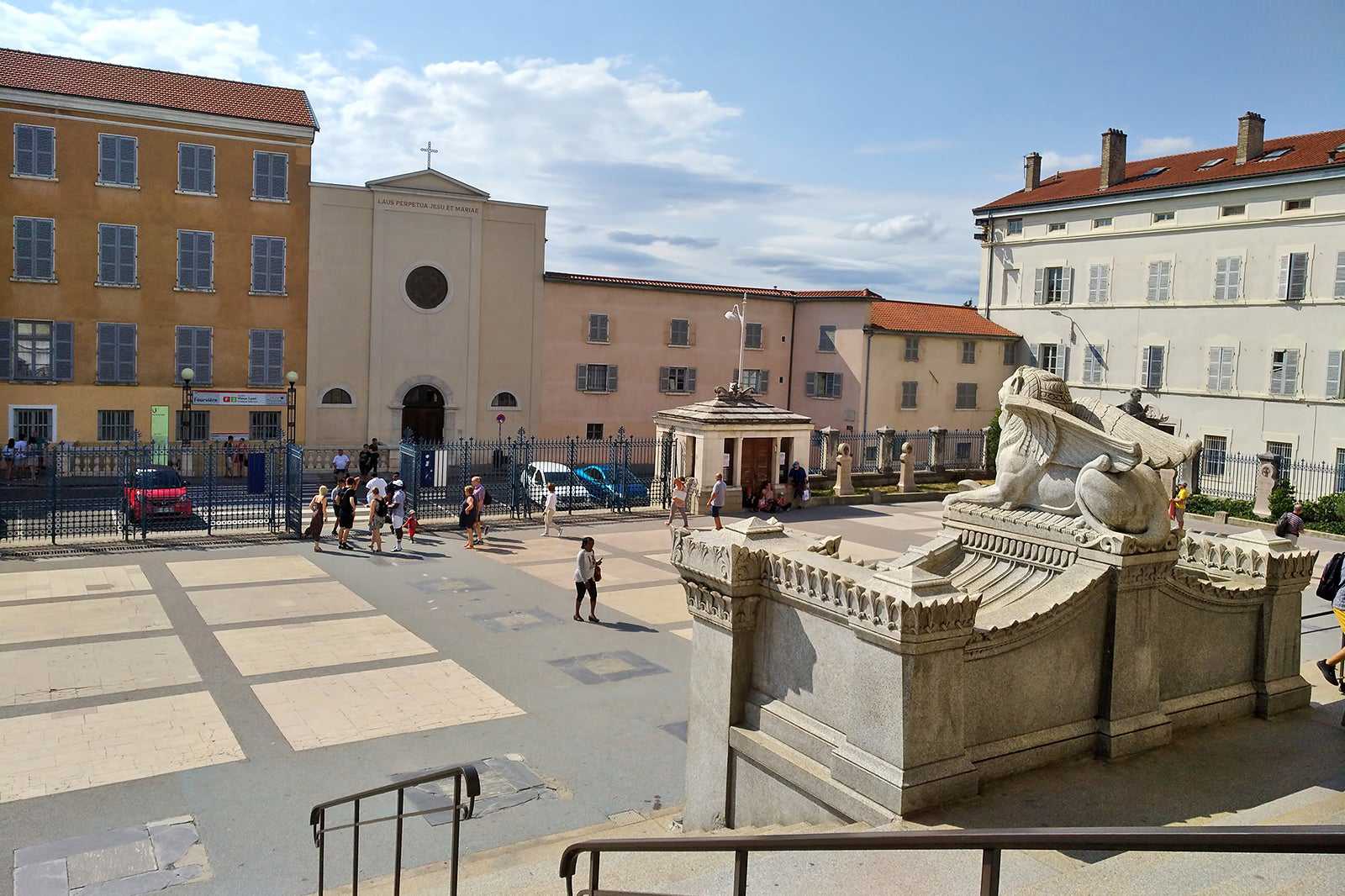
- Budget
- Storia
- Foto
Place de Fourvière draws attention not for its streetscape but for the view that rewards those who walk it. It leads to La Basilique Notre Dame de Fourvière, a 19th-century church with 4 octagonal towers. But even this can’t compete with the sight of the city and river laid out below.
The road makes a sharp left turn and becomes Montée Nicolas de Lange. Here, you’ll find the Tour Métallique de Fourvière. It was constructed in 1894 for the Exposition Internationale and was Lyon’s answer to the Eiffel Tower. If you climb to the top, you’ll be at the city’s highest point. And from there, you have the best view of all.
MappaFoto di Sebleouf (CC BY-SA 4.0) modificata
- 8
Rue de la Bombarde
A historic street with the beautiful House of Lawyers

- Budget
- Storia
- Foto
Rue de la Bombarde is a street in Vieux Lyon (Old Lyon) that has an interesting name that many speculate about. Perhaps it refers to a type of cannon called a bombard. There’s a bas-relief on the wall of Number 10 that depicts one, but the street was already named when it was installed in 1772.
Adding to the mystery, a bombarde is also a musical instrument similar to an oboe. At the street’s western end, look up and you’ll see the Fourvière hilltop. Further down, its most significant building is the House of Lawyers, which dates from the 16th century. It houses a museum with a fascinating collection of miniatures and movie props.
Mappa - 9
Place Bellecour
A road surrounding one of Lyon’s largest pedestrian squares
- Budget
- Storia
- Foto
Continua a leggerePlace Bellecour is a well-known square in central Lyon, but the name also refers to the road that encloses it on all 4 sides. Stroll along the street and you’ll have an excellent view of the equestrian statue of Louis XIV that stands in the centre of the square. You can also expect to see numerous flower stalls adding plenty of colour to the street scene.
Retail outlets mostly selling clothes, some restaurants, and Hôtel Le Royal Lyon (part of the MGallery group) occupy the buildings that line Place Bellecour, so you shouldn’t be surprised to see plenty of tourists here.
Mappa - 10
Rue d’Ivry
A historic street known for its silk industry architecture

- Budget
- Storia
- Foto
Rue d’Ivry is a street in Lyon that’s closely associated with Lyon’s silk weavers. There’s plenty of evidence of this in the architecture of the street. The most obvious is the Maison des Canuts, a museum dedicated to telling the story of Lyon’s silk weaving heritage and 5 centuries of trade.
In the attached workshop of the museum, modern-day weavers use traditional techniques to make cloth on an authentic Jacquard handloom. Also, just around the corner on Boulevard des Canuts, you’ll see a huge mural depicting a silk workers’ revolt when they protested about pay and conditions in the 19th century.
MappaFoto di Romainbehar (CC0 1.0) modificata


